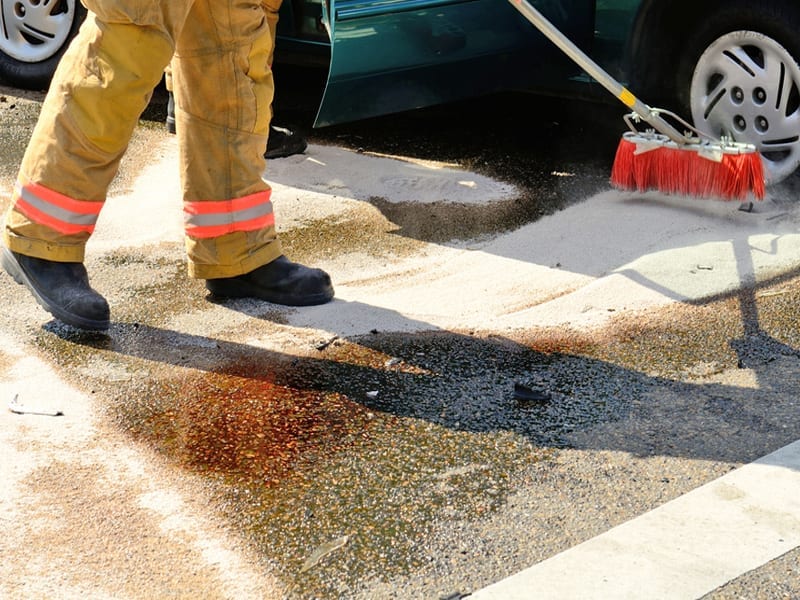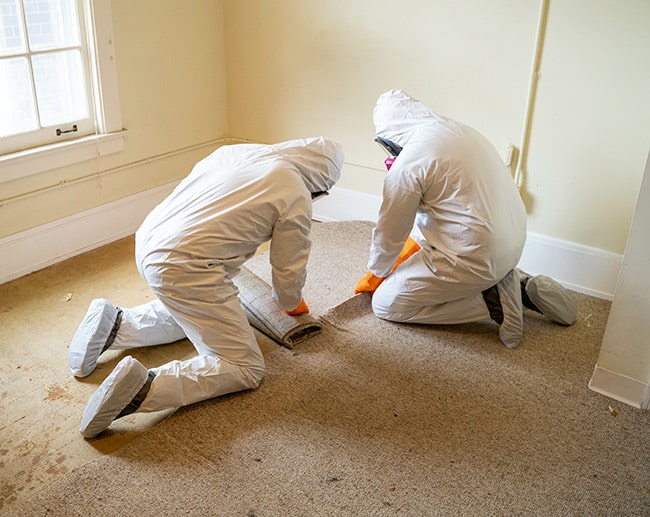Biohazard Removal: Safe Handling and Disposal of Hazardous Materials
Biohazard Removal: Safe Handling and Disposal of Hazardous Materials
Blog Article
Expert Biohazard Cleansing and Purification for Blood, Bodily Fluids, and Hazardous Materials
The possible health and wellness threats associated with direct exposure to biohazards emphasize the critical requirement for thorough handling and extensive cleaning. As we navigate the complex landscape of biohazard clean-up, understanding the nuances of laws, compliance, and the specific tools at play becomes necessary in ensuring a risk-free and complete decontamination procedure.
Health Risks of Biohazard Exposure
Exposure to biohazards presents substantial wellness threats that can result in severe repercussions for individuals and neighborhoods alike. Biohazards incorporate a vast array of biological substances, including blood, bodily fluids, mold, germs, infections, and other potentially contagious products. When individuals enter into contact with these biohazards, whether through accidents, incorrect handling, or environmental exposure, they deal with the danger of contracting major illnesses or illness.
One of the key health risks connected with biohazard direct exposure is the transmission of contagious illness. Bloodborne pathogens such as HIV, hepatitis B and C, and various microorganisms can be existing in biohazardous products, presenting a direct risk to human health. Breathing in air-borne biohazards like mold spores or entering into contact with infected surfaces can additionally result in respiratory issues, allergies, and other damaging wellness results.
Furthermore, biohazard direct exposure can have long-lasting wellness ramifications, with some conditions manifesting years after the initial contact (Blood Cleanup). For that reason, it is essential to prioritize correct biohazard cleaning and purification to alleviate these health threats and make certain the security of communities and people

Specialized Educating for Biohazard Cleanup
When it comes to taking care of biohazard cleanup effectively and securely, specialized training plays a fundamental function in making sure proper purification procedures are complied with. Biohazard cleaning calls for specific understanding and skills to efficiently alleviate threats connected with bloodborne pathogens, bodily fluids, and dangerous materials. Specialists learnt biohazard clean-up go through strenuous instruction on just how to safely manage, remove, and take care of biohazardous products to stop contamination and direct exposure.
Specialized training for biohazard cleanup covers an array of important subjects, consisting of appropriate personal protective tools (PPE) usage, bloodborne pathogen understanding, decontamination methods, and contaminated materials disposal methods. People learnt biohazard cleaning are furnished with the needed proficiency to evaluate contamination levels, identify potential hazards, and carry out ideal cleaning procedures in compliance with regulatory criteria.
Continual training and education and learning are vital in the field of biohazard cleanup to stay upgraded on the most up to date decontamination technologies, safety methods, and guidelines. By purchasing specialized training, biohazard cleanup specialists can successfully reply to emergency situation cleaning scenarios and guard both public health and wellness and the environment.
Relevance of Appropriate Decontamination Strategies
Using proper purification techniques is crucial in biohazard cleaning to successfully decrease and get rid of hazardous products health dangers. Effective purification not only guarantees the elimination of visible traces of blood, physical fluids, and various other biohazards but additionally targets unseen pathogens that might present serious wellness risks otherwise appropriately eliminated. By adhering to strict purification protocols, trained specialists can substantially reduce the risk of exposure to unsafe microorganisms, viruses, and microorganisms that could result in infections or conditions.
Appropriate purification strategies involve using specialized devices and anti-bacterials that are specifically developed to counteract biohazards effectively. Detailed cleansing and disinfection of contaminated locations are important to stop the spread of virus and ensure a safe atmosphere for passengers. In addition, the right disposal of biohazardous waste adhering to purification procedures is vital in stopping contamination of various other surface areas or people.

Equipment and Devices for Safe Cleaning
When dealing with blood, bodily liquids, or hazardous materials, biohazard cleansing professionals depend on specialized equipment to reduce direct exposure threats and thoroughly sanitize the affected location. In addition, biohazard cleansing packages including disinfectants, absorptive materials, and biohazard bags are used to safely consist of and get rid of of infected items.
Advanced cleaning devices like hospital-grade anti-bacterials, HEPA-filtered vacuums, and misting machines are used to disinfect surfaces and eliminate biohazards properly. Specialized tools such as sharps containers and biohazard waste disposal bins are utilized to securely manage sharp items and biohazardous waste materials. By utilizing the my website ideal tools and devices, biohazard cleansing professionals can guarantee a comprehensive clean-up process that focuses on security and decreases wellness threats for both workers and owners of the affected space.
Regulations and Compliance in Biohazard Cleaning
Proper adherence to regulations and compliance standards is critical in biohazard cleaning to guarantee the security of both workers and the atmosphere. Federal government agencies such as OSHA (Occupational Safety and Health Administration) and the EPA (Epa) have actually developed certain standards for biohazard clean-up procedures to minimize health threats and ecological contamination. These policies cover a variety of aspects consisting of the handling, transport, and disposal of biohazardous materials, as well as the necessary training and safety tools required for personnel associated with the cleaning procedure.
Biohazard cleaning companies should stay current with these guidelines to guarantee that their procedures satisfy the required safety criteria. Failure to follow these laws can lead to severe consequences, including penalties, lawsuit, and jeopardizing the health and wellness of individuals and the setting. By complying with stringent guidelines and compliance actions, biohazard cleaning companies can properly minimize risks and ensure a safe and detailed clean-up procedure for all events involved.
Verdict
In final thought, biohazard cleansing and decontamination need specialized training, appropriate strategies, and adherence to policies. Direct exposure to blood, bodily fluids, and unsafe materials presents substantial health and wellness threats, making it essential to make see this here use of the right devices and devices for safe clean-up. By complying with rigorous protocols and guidelines, experts can effectively reduce the dangers connected with biohazard direct exposure and guarantee the security of both themselves and others.
As we browse the detailed landscape of biohazard cleanup, understanding the nuances of guidelines, conformity, and the specialized tools at play comes to be necessary in guaranteeing a secure and comprehensive purification procedure. (Blood Cleanup)
When it comes to taking care of biohazard cleaning successfully and securely, specialized training plays a fundamental role in ensuring proper decontamination procedures are followed.Using appropriate decontamination methods is vital in biohazard clean-up to successfully get rid of harmful materials and reduce health risks. Furthermore, biohazard cleaning kits containing anti-bacterials, absorbing products, and biohazard bags are utilized to safely contain and get rid of Discover More Here of contaminated items.
Federal government firms such as OSHA (Occupational Security and Wellness Management) and the EPA (Environmental Defense Agency) have established details standards for biohazard cleaning treatments to minimize wellness risks and ecological contamination.
Report this page